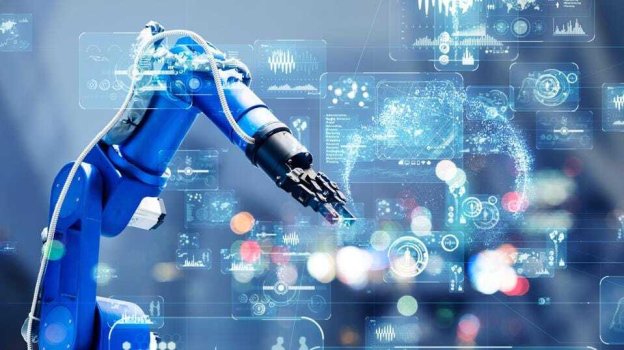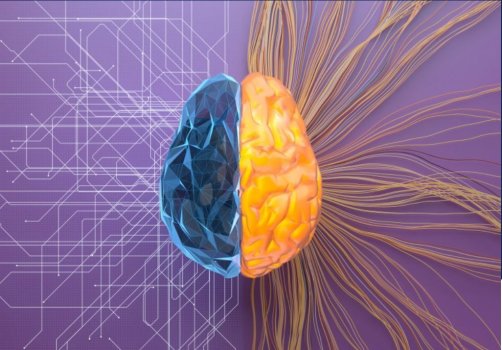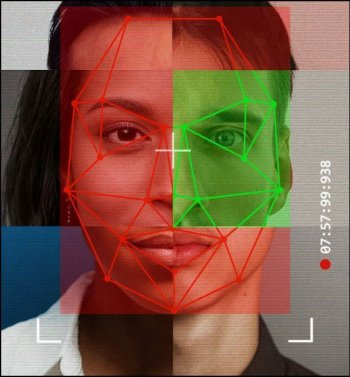Known best as the host of cryptocurrencies, experts and economists say blockchain technology could be the future of working life
- Technology Solutions
- 0 Replies
Lynsey Jackson was looking for a change when she quit her corporate finance job to assess her career options, before settling on a direction that would shock many.
She sees her future in blockchain technology, beginning with a diploma of applied blockchain from TAFE Queensland.
Most commonly known as the platform that hosts cryptocurrencies, blockchain is the basis of "Web3", the brave new internet held together by distributed databases, each confirming the same information.
Blockchain is a peer-to-peer security network that allows users to become part of the system.
In relation to cryptocurrencies the system validates coin ownership and transactions, as well as works to create new coins.
"Most people when I mention that I'm pivoting my career into blockchain don't really know what I'm talking about and what the opportunities are ... for the most part, people in my world are pretty unaware," Ms Jackson said.
"It can improve things like tracking and traceability and reducing fraud … We can use that sort of technology to make the world a more fair and inclusive and sustainable place for everyone."
As for what she wants to do in the industry?
"That is the million-dollar question," she said. "That's why I've enrolled in the diploma."
Ms Jackson first learned of blockchain the way most do: cryptocurrency.
According to CHOICE, one in nine Australians invested in a cryptocurrency within the last 12 months and a further 11 per cent are interested in investing.
But Ms Jackson, who "holds" investments in some of the major coins, said that isn't what drew her to study the technology.
"What's actually happening in the blockchain space is far beyond just what we know about Bitcoin and cryptocurrency and an opportunity to get rich quick," she said.
Continue reading: https://www.abc.net.au/news/2022-06-20/shell-for-date-tbc-qld-blockchain-jobs-of-the-future-julius-denn/101123884
She sees her future in blockchain technology, beginning with a diploma of applied blockchain from TAFE Queensland.
Most commonly known as the platform that hosts cryptocurrencies, blockchain is the basis of "Web3", the brave new internet held together by distributed databases, each confirming the same information.
Blockchain is a peer-to-peer security network that allows users to become part of the system.
In relation to cryptocurrencies the system validates coin ownership and transactions, as well as works to create new coins.
"Most people when I mention that I'm pivoting my career into blockchain don't really know what I'm talking about and what the opportunities are ... for the most part, people in my world are pretty unaware," Ms Jackson said.
"It can improve things like tracking and traceability and reducing fraud … We can use that sort of technology to make the world a more fair and inclusive and sustainable place for everyone."
As for what she wants to do in the industry?
"That is the million-dollar question," she said. "That's why I've enrolled in the diploma."
Ms Jackson first learned of blockchain the way most do: cryptocurrency.
According to CHOICE, one in nine Australians invested in a cryptocurrency within the last 12 months and a further 11 per cent are interested in investing.
But Ms Jackson, who "holds" investments in some of the major coins, said that isn't what drew her to study the technology.
"What's actually happening in the blockchain space is far beyond just what we know about Bitcoin and cryptocurrency and an opportunity to get rich quick," she said.
Continue reading: https://www.abc.net.au/news/2022-06-20/shell-for-date-tbc-qld-blockchain-jobs-of-the-future-julius-denn/101123884
























